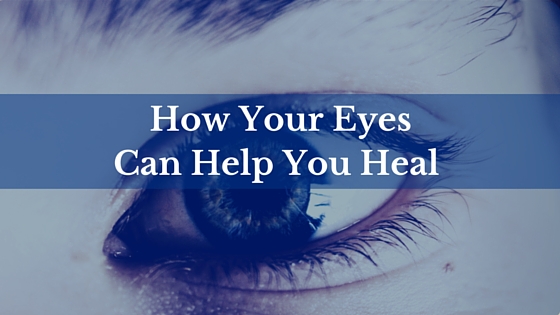
Many people want to know “how are you going to help me…and what are you going to do that is different?”
One of the main methods we use is called EMDR…
EMDR is a complex and powerful method of psychotherapy that integrates many of the most successful elements of a wide range of therapeutic approaches. In addition, it uses eye movements or other forms of rhythmical stimulation, such as hand taps or tones, in a way that seems to assist the brain’s information-processing system to proceed at a rapid rate.
There are now more controlled studies supporting the effectiveness of EMDR than of any other method used in the treatment of trauma. In most recent studies, 84 to 90 percent of the people using EMDR-victims of rape, natural disaster, loss of a child, catastrophic illness, or other traumas-have recovered from post-traumatic stress in only three sessions. Before EMDR, that was unheard of. Other psychological methods for healing trauma have achieved no more than a 55 percent success rate in seven to fifteen sessions.
Many people have mistakenly come to think of EMDR as a therapy that uses only eye movements, because of the positive media coverage about the treatment. That is far from true. In its unique combination of elements, EMDR focuses not just on a person’s troubling feelings, but on the thoughts, physical sensations, and behaviors related to those feelings as well. For example, suppose a little girls’s cat was killed when it nosed open the screen door, dashed into the street, and was hit by a car. The result may be that the girl feels sad and angry at the loss of her pet. She may also think the accident was her fault (“I should have fastened the latch”). She may have a physical sensation of tightness in her chest, and he may start obsessively checking the latches on all the doors in the house day and night.
With EMDR, we expect all those aspects of the girl’s grief to heal and to heal relatively rapidly. His feelings would evolve from sorrow to acceptance; her guilty thoughts would change to “I am not to blame” or the realization that nobody is perfect; the tightness around his heart would disappear; and her obsessive behavior would stop. No longer does someone in pain have to wait months to see if therapy is working. Most people are able to see some change occur after every session. This way, the therapist is accountable to the client.
Many people who use EMDR find that healthy thoughts and feelings can emerge; the person no longer has to fight off feelings of despair, guilt, or anger or to guard constantly against destructive urges. Much of what we consider to be a mental disorder is the result of the way information is stored in the brain. Healing begins when we unlock this information and allow it to emerge. I regard this healing process as an activation of the person’s innate ability to heal himself psychologically, just as his body heals itself self when he is physically wounded. A self-healing system like this makes sense: We are all biologically and emotionally geared for survival and mental equilibrium.
EMDR seems to have a direct biological effect on the nervous system, and because we all share the same nervous system, the results of certain experiences are fairly predictable. For example, if someone experiences sexual abuse, which could’ve happened to any of us. Although each of us has unique characteristics, any of us could have developed the devastating symptoms that sexual abuse survivors do. Fortunately, in most cases the effects of trauma are reversible. Through competent treatment with EMDR, even suffering that has gone on for decades can be relieved. Just as child abuse victims do, along with combat veterans, rape victims and those suffering from depression and anxiety have used EMDR and found peace.
One of the most exciting aspects of EMDR is seeing how many people are helped and what a high success rate is achieved. EMDR’s success is not limited to people who have experienced a diagnosable trauma. The human mind is miraculously complex, and sometimes what seems to be the most innocuous event can leave an indelible mark on a person’s psyche and behavior. Almost every kind of suffering that we define and label a disorder-almost almost every type of psychological complaint-can be traced to earlier life experiences, which can also be healed. EMDR accesses the memories of these experiences but does not dwell on them and does not, as traditional therapy can, last for years. It is a focused, present-oriented therapy that makes use of some of the most recent research in the areas of neurophysiology. Its other advantage over some other forms of therapy is that it does not rely on pills to effect rapid psychological change. That means that when used appropriately, there are no long-lasting debilitating side effects and relapses are not expected, as can often occur when medication is stopped.

